ZK Proofs: Succinct, Lagrange & Boundless Pioneering Verifiability
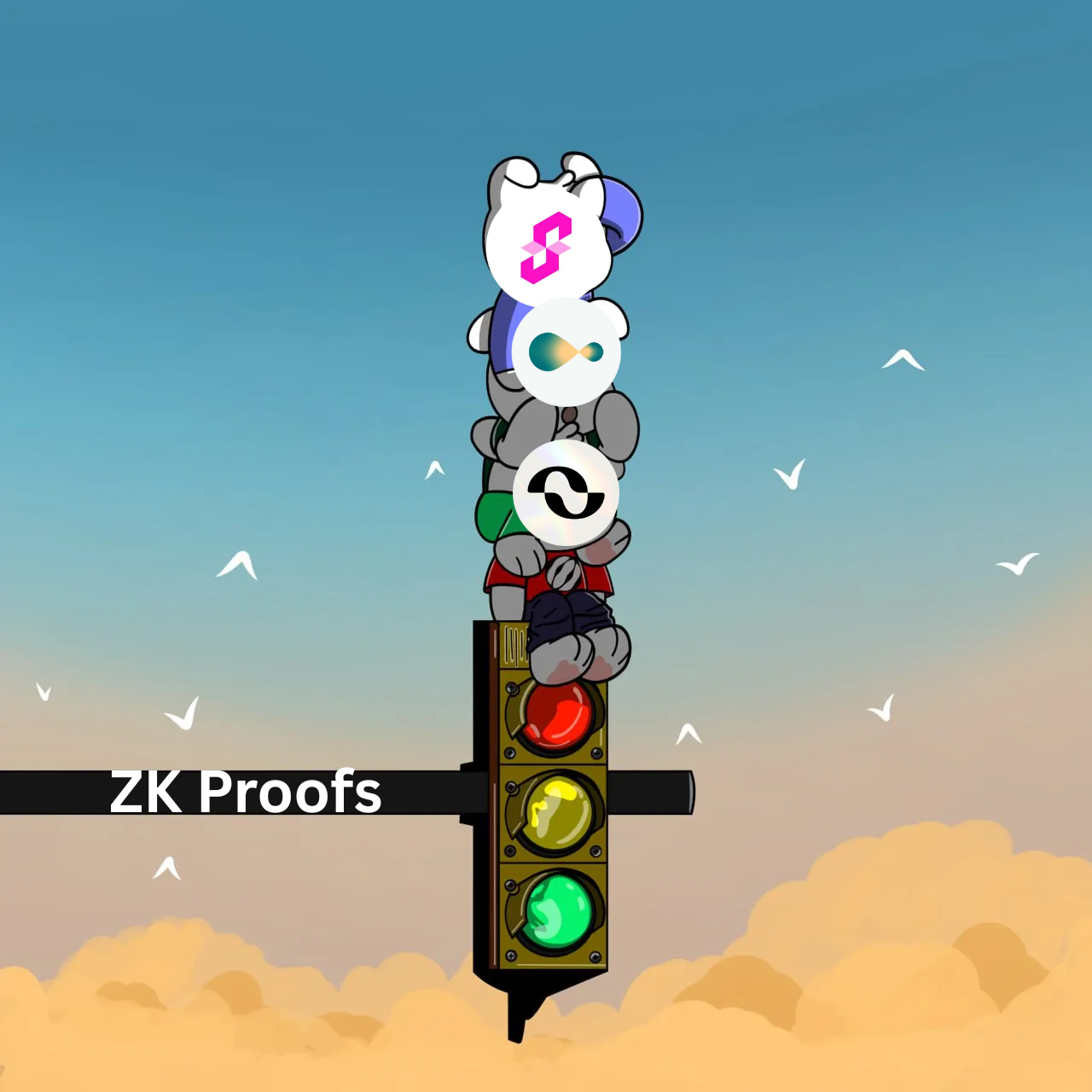
We’ve been hearing “ZK” from every corner of the crypto space — from L2s to DA layers to AI integrations. But what really is Zero-Knowledge? And why does it matter?
At its core, ZKPs (zero-knowledge proofs) are about proving something is true without revealing the details. In crypto, it means you can verify that a computation was done correctly without rerunning it — which changes everything.
Right now, most blockchains re-execute every transaction on every node. That’s secure, but painfully inefficient. With ZK, one prover does the work once, generates a cryptographic proof, and anyone else can verify it instantly. This means faster chains, private applications, and massive scaling potential.
Let’s break down three projects pushing ZK infra forward — not with hype, but with serious engineering: Succinct, Lagrange, and Boundless.
Succinct – ZK for Every Developer
Succinct is making zero-knowledge usable. That’s the hard part.
Historically, building with ZK meant learning custom DSLs, writing hand-crafted circuits, and battling through years of cryptography pain. Succinct flips that model with SP1, their open-source zkVM.
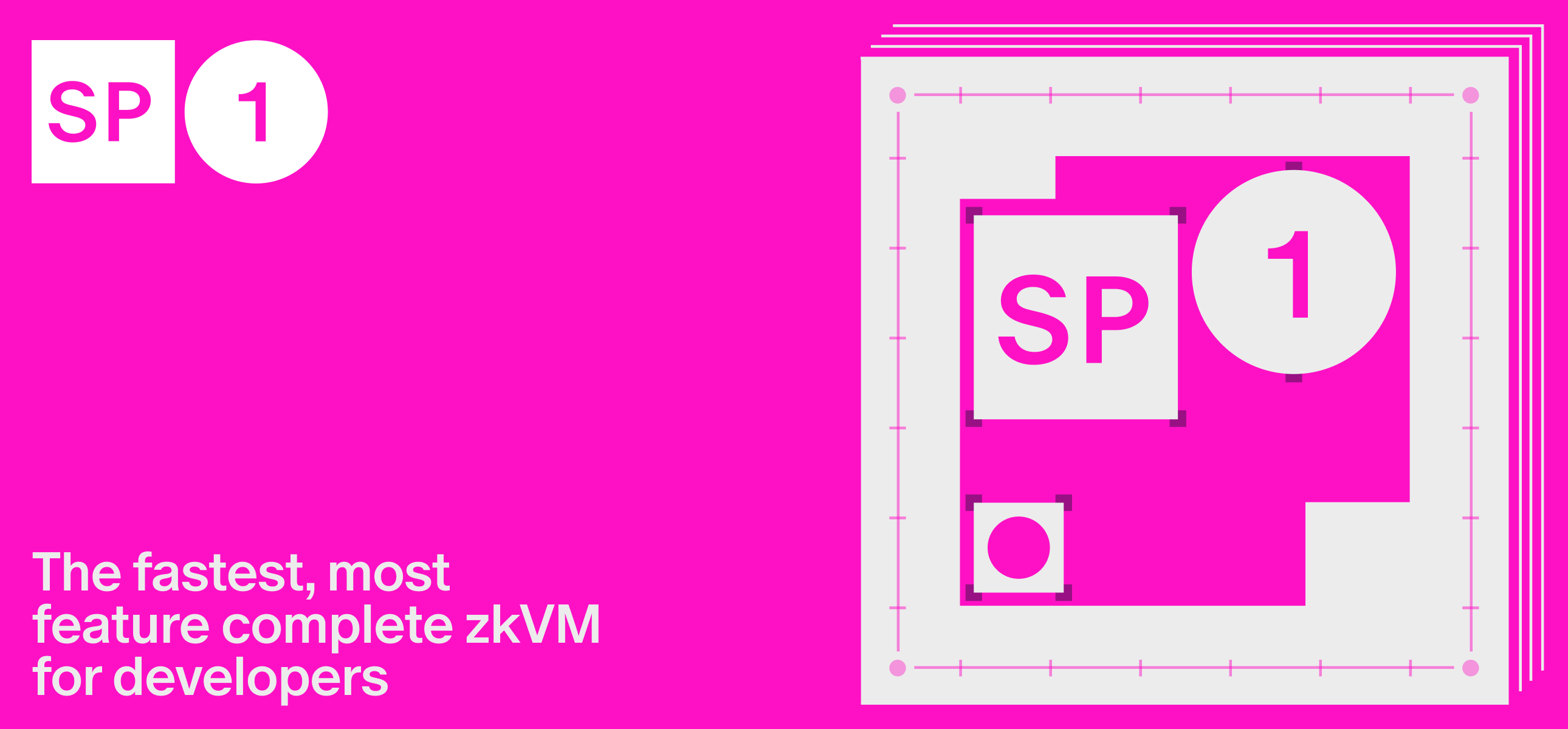
Key features of Succinct’s stack:
- Write ZK programs in Rust — no cryptography degree required.
- SP1 zkVM: proves execution of RISC-V code, letting you build ZK apps in standard languages.
- Use locally or through their prover network with APIs and 99.9% uptime.
- Verify proofs anywhere — EVM, Solana, web, even mobile.
Use cases already live:
- zkEVMs
- Rollup state proofs
- Light clients for cross-chain validation
- Oracles, coprocessors, even machine learning
The core idea? You write normal code, and SP1 turns it into a ZK proof. Just like that.
Succinct is already powering teams like Polygon, Celestia, and Avail. It’s fast, production-ready, and developer-friendly — making ZK finally feel like normal software.
Lagrange – Proofs at Internet Scale
Lagrange is building the “infinite proving layer” — a decentralized ZK prover network that’s actually live and scaling.
Instead of focusing on just one use case, they’re building an ecosystem: zkML, coprocessors, interoperability, and fast-finality bridges, all powered by ZK.
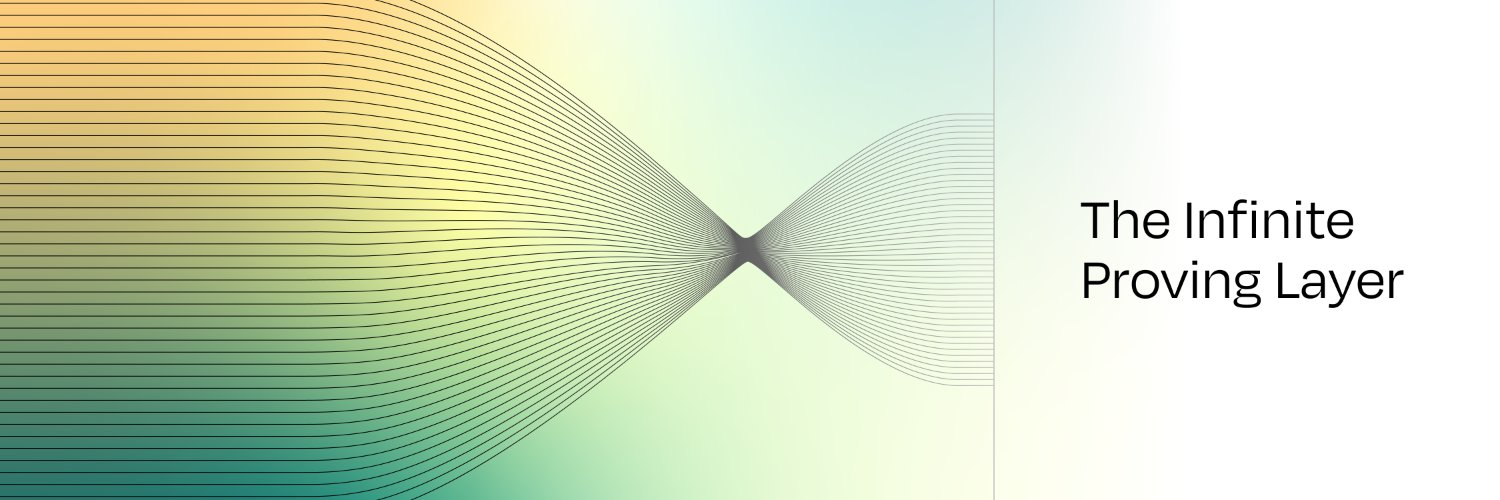
What they offer:
- ZK Prover Network: decentralized infrastructure for proving anything — AI inferences, rollups, SQL queries, etc.
- ZK Coprocessor: run complex SQL queries over onchain data and verify them with ZK — think analytics, cross-chain data aggregation, and more.
- State Committees: generate fast-finality state proofs for optimistic rollups and enable fast, secure bridging — without waiting for long challenge windows.
The zkML engine they built (DeepProve) is up to 158x faster than other options and already benchmarked.
What makes Lagrange stand out is scalability. They break computations into chunks, distribute them across provers, and use economic incentives to guarantee liveness. You can even rent dedicated proving bandwidth if needed.
Whether you're a dApp needing off-chain compute, a rollup needing fast bridges, or an AI project needing verifiable inference — Lagrange’s infra is already built for it.
Boundless – ZK as a Commodity
Boundless is taking a radical approach: turning verifiable compute into a market.
Instead of building a new chain or isolated ZK stack, they’re creating a universal protocol that plugs ZK compute into any chain — and scales it via incentives.
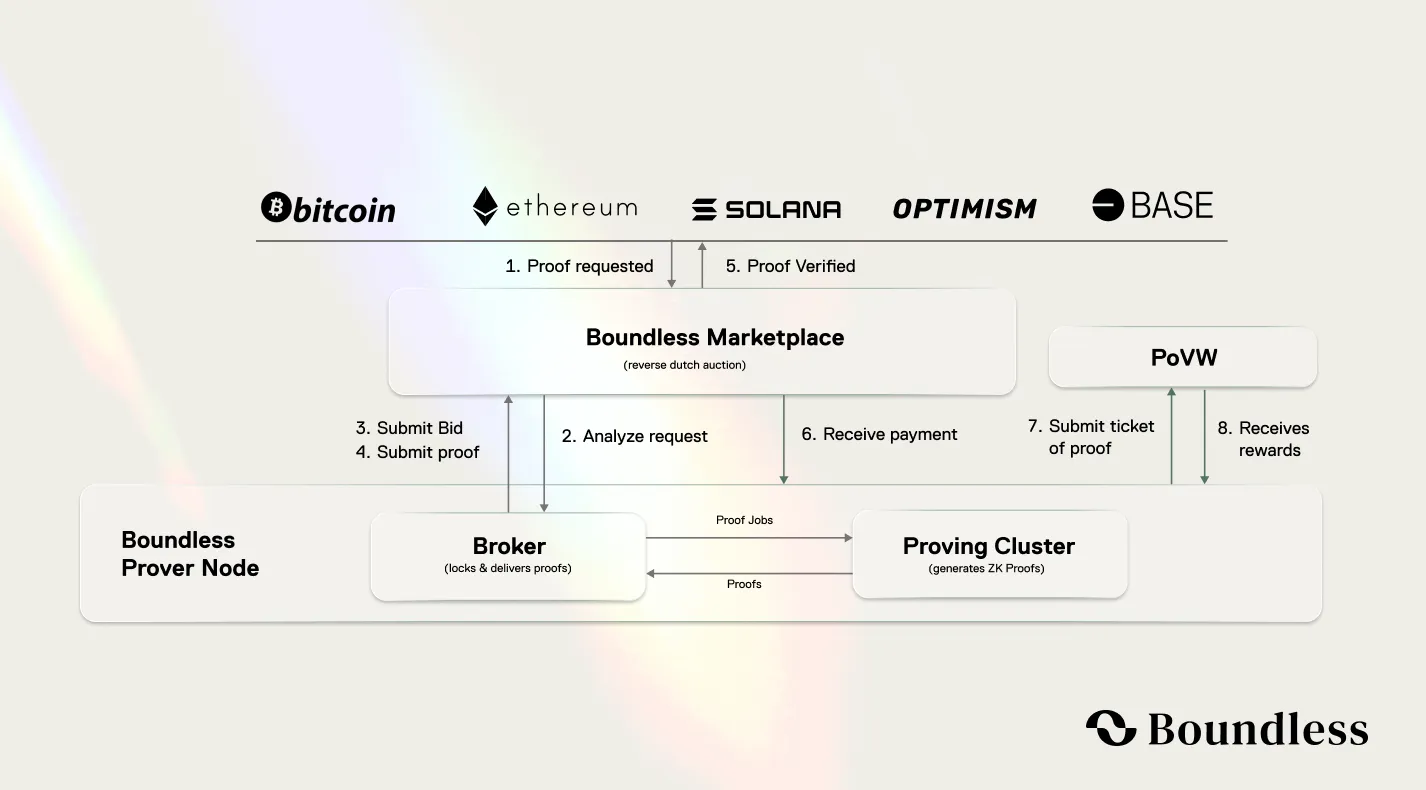
How Boundless works:
- Decouples execution from consensus — so chains don’t need to re-execute every program.
- Proof of Verifiable Work (PoVW): a new mechanism to measure and reward useful ZK compute.
- Global prover network: anyone can generate proofs and earn based on demand.
- Market contracts on every chain: creating local markets that inherit native security.
It’s not just about proving things — it’s about making compute liquid and tradable. Developers submit proof requests, provers compete to fulfill them, and smart markets handle pricing and delivery.
Think of it like a ZK-powered AWS: scalable, decentralized, and protocol-agnostic. You get predictable costs and fast compute. Provers get real demand and open incentives.
Built by the team behind Risc Zero, Boundless isn’t trying to win one chain — it’s building the ZK layer for all of them.
Final Thoughts
ZK is no longer just theoretical. It’s quickly becoming the backbone of scalable, secure, and private applications across chains.
- Succinct makes ZK usable by letting devs write Rust instead of circuits.
- Lagrange makes ZK scalable, from data analytics to AI and rollup bridging.
- Boundless makes ZK universal, turning compute into a permissionless market.
Different approaches, same goal: verifiability without compromise.
If you're building for the future of crypto infra — this is the stack worth watching. ZK is no longer just math. It's production-ready.
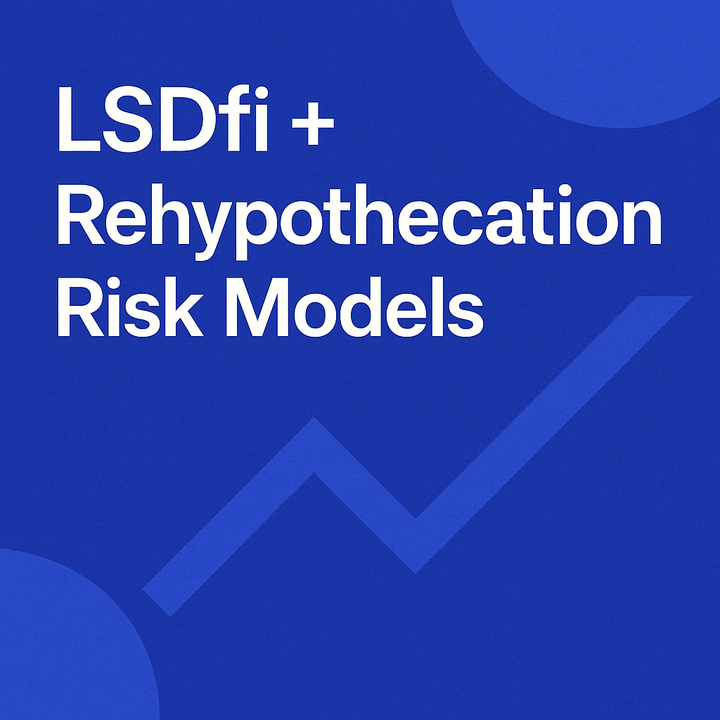

Comments ()